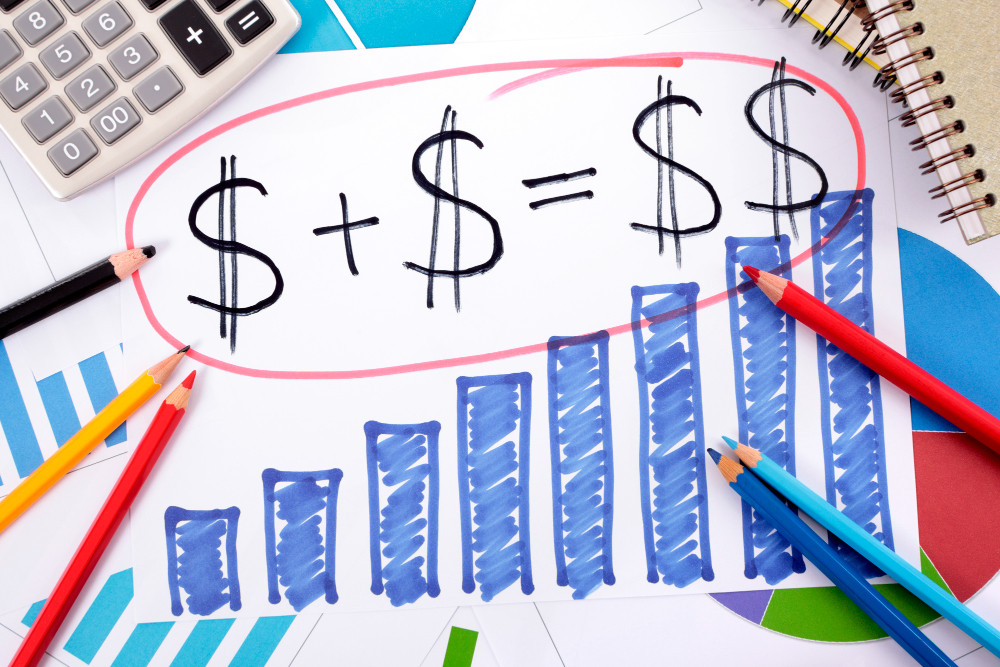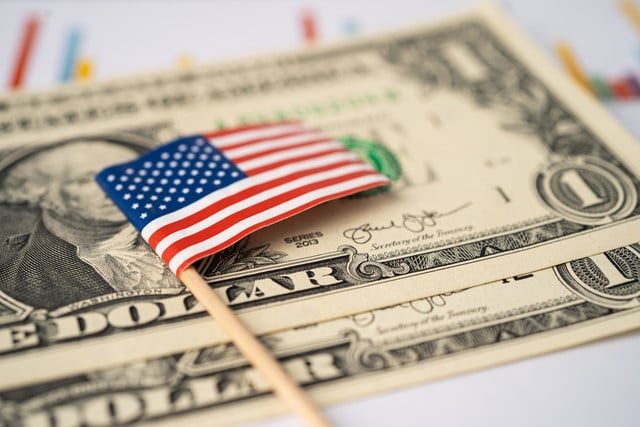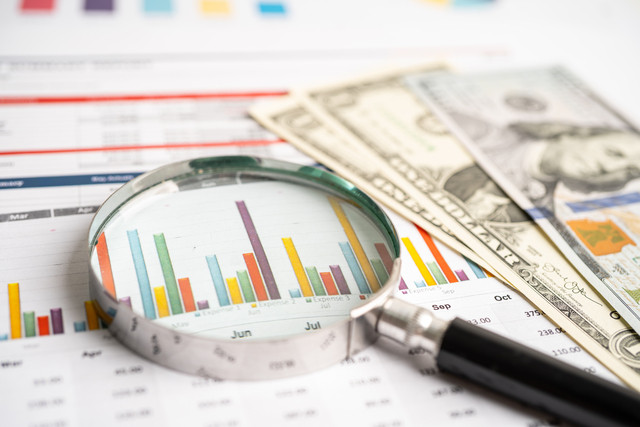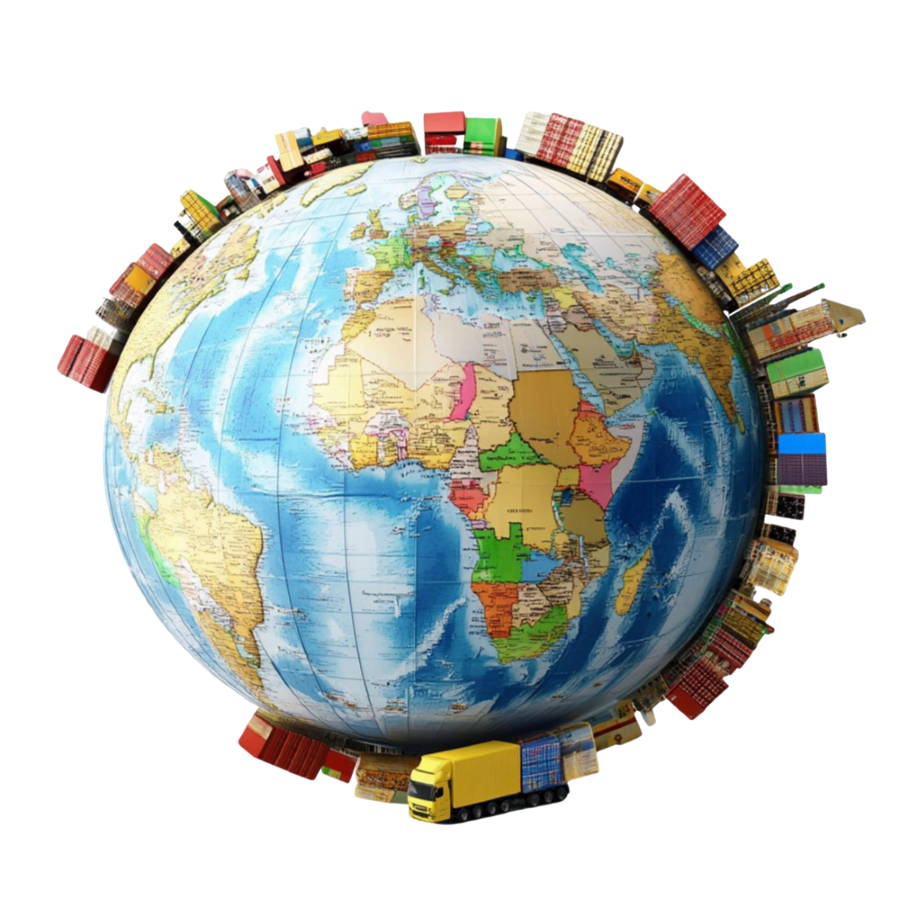What Happened When Tariffs Like Trump’s Hit the US Before?

© kstudio / Freepik
How does the history of similar tariffs compare to Trump’s tariffs in 2025? Could today’s economy handle a trade war like the one in 1930?
Tariffs are taxes on goods coming into a country, and Trump has been a big fan of them, saying they’ll help the US economy grow.
But here’s the twist: The US has tried big tariffs like these before, and the results weren’t always pretty.
People are now digging into history to see what happened the last two times tariffs this size were introduced—and they’re worried. Let’s take a simple look at those moments and what they could mean for us today.
Trump’s Tariffs and History
The Smoot-Hawley Tariff of 1930: A Tough Lesson

Back in 1930, the US passed the Smoot-Hawley Tariff Act. It was one of the biggest tariff moves in the country’s history, raising taxes on over 20,000 imported goods.
The idea was to protect American farmers and businesses from foreign competition after the stock market crashed in 1929.
At first, it sounded like a solid plan—keep money and jobs at home, right? But things didn’t go as hoped.
Other countries got upset and slapped their own tariffs on US goods. Global trade dropped by more than 65%, and the US economy took a hard hit.
Exports fell from $5.2 billion to just $1.6 billion in a few years. Unemployment shot up from 3.2% to nearly 25%, and the country’s total economic output shrank by almost half.
What started as a way to fix things ended up making the Great Depression even worse. Historians say it’s a clear example of how tariffs can backfire when they spark a trade war.
The Tariff Act of 1828: The “Tariff of Abominations”

Let’s rewind even further to 1828. The US introduced the Tariff Act, nicknamed the “Tariff of Abominations” by people who hated it.
This law raised taxes on imported goods to protect Northern industries, like factories making cloth and tools. It worked for some businesses in the North, but it caused big problems elsewhere.
Southern states, which relied on selling cotton and buying cheap goods from Europe, were furious. The higher costs of imports hurt their wallets, and they couldn’t sell as much cotton overseas because other countries fought back with their own taxes.
Tensions grew so bad that South Carolina threatened to leave the US altogether! The economy didn’t crash like it did in 1930, but the tariff deepened divisions and showed how unevenly these policies can hit different parts of the country. Eventually, the government lowered the tariffs to calm things down.
What Could Trump’s Tariffs Mean Today?

Fast forward to 2025, and Trump’s new tariffs are making headlines. He’s pushing for a 10% tax on all imports, with even higher rates—like 25%—on goods from places like Canada, Mexico, and China.
Supporters say it’ll bring jobs back and make the US stronger. But looking at 1828 and 1930, some wonder if history might repeat itself.
Could prices go up for everyday stuff like cars and groceries? Might other countries hit back, hurting US businesses that sell abroad?
Experts aren’t sure, but they point out that past tariffs raised costs for consumers and sometimes lost more jobs than they saved. With the US economy already facing challenges, people are asking if this is a risk worth taking.
The story of tariffs in the US isn’t simple. They’ve helped some industries but often come with a catch—higher prices, angry trading partners, and unexpected economic trouble.
Do you believe these tariffs will help more people than they will hurt?
You might also want to read: Trump’s Tariffs and Tax Cuts: Will Americans Win or Lose?


